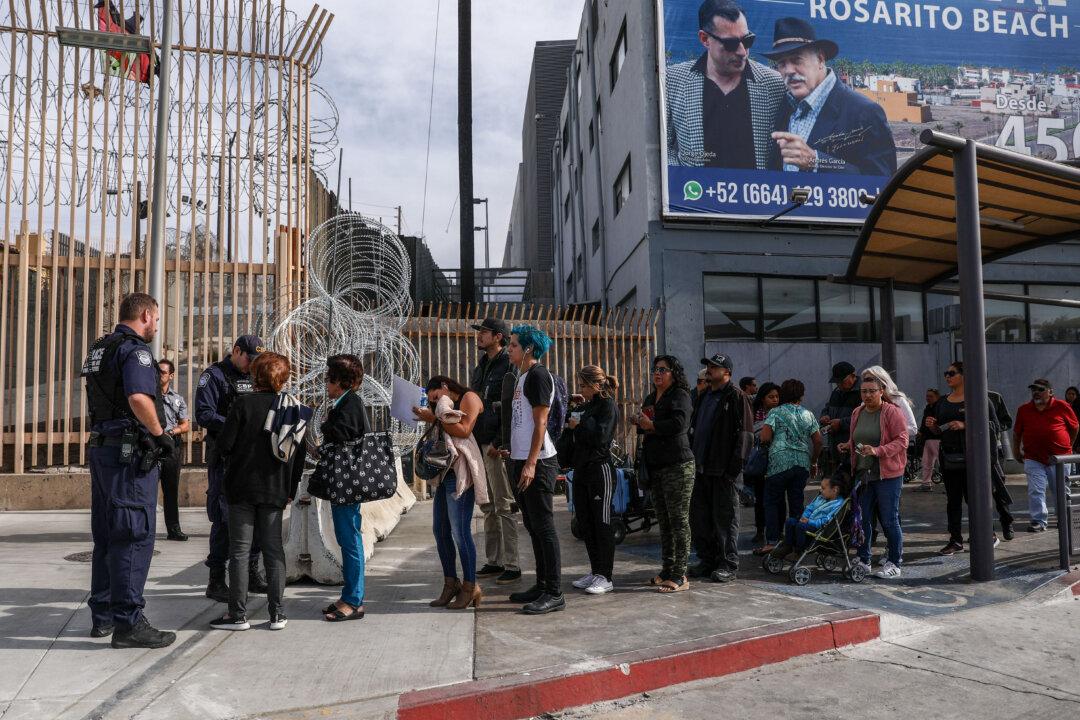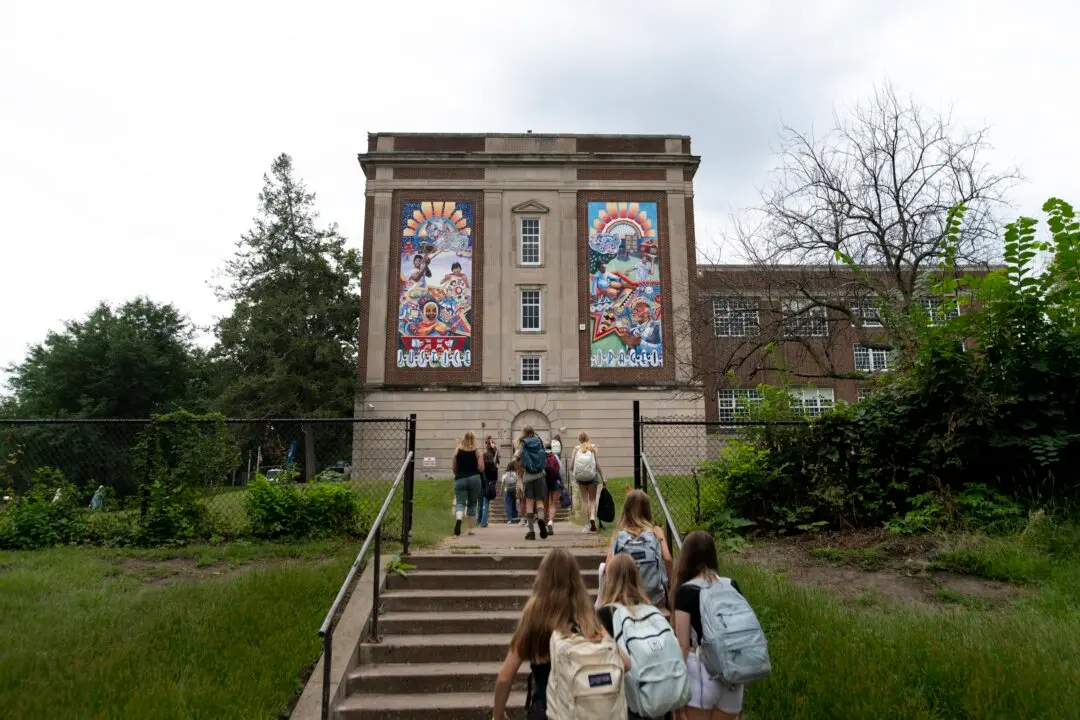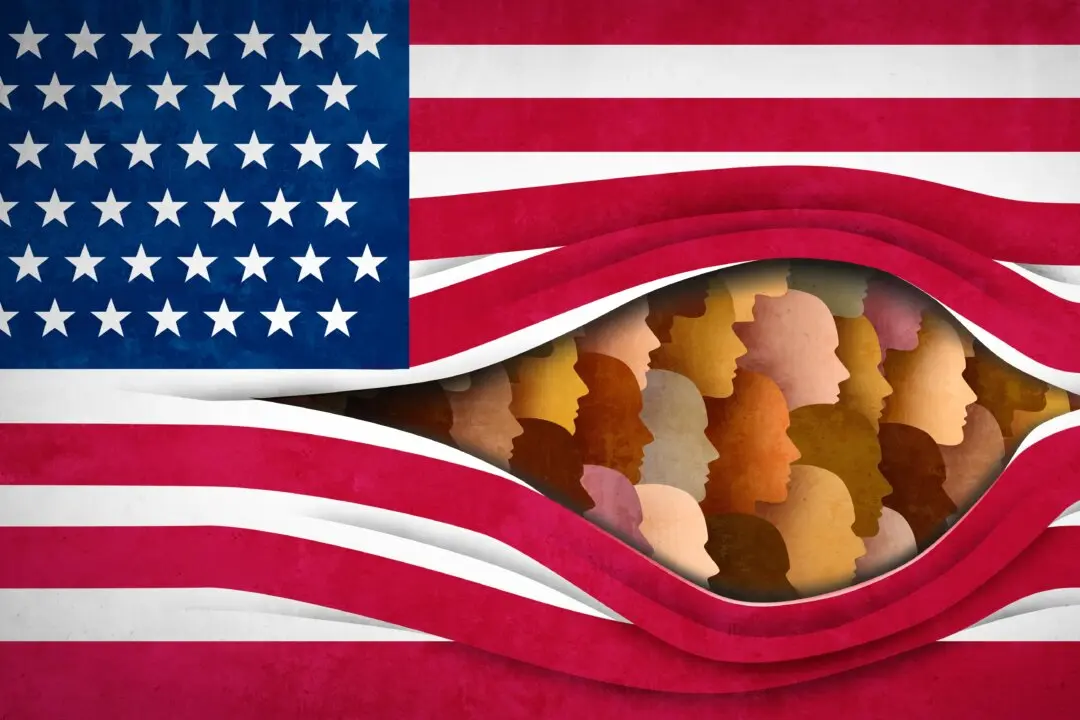President Joe Biden’s new immigration program includes loopholes that could enable would-be illegal immigrants to bypass expulsion under a public health order called Title 42.
One prong of the program enables immigrants located in Mexico to submit information on a mobile application called CBP One and to schedule appointments at ports of entry, or manned entry points at the U.S.–Mexico border.






